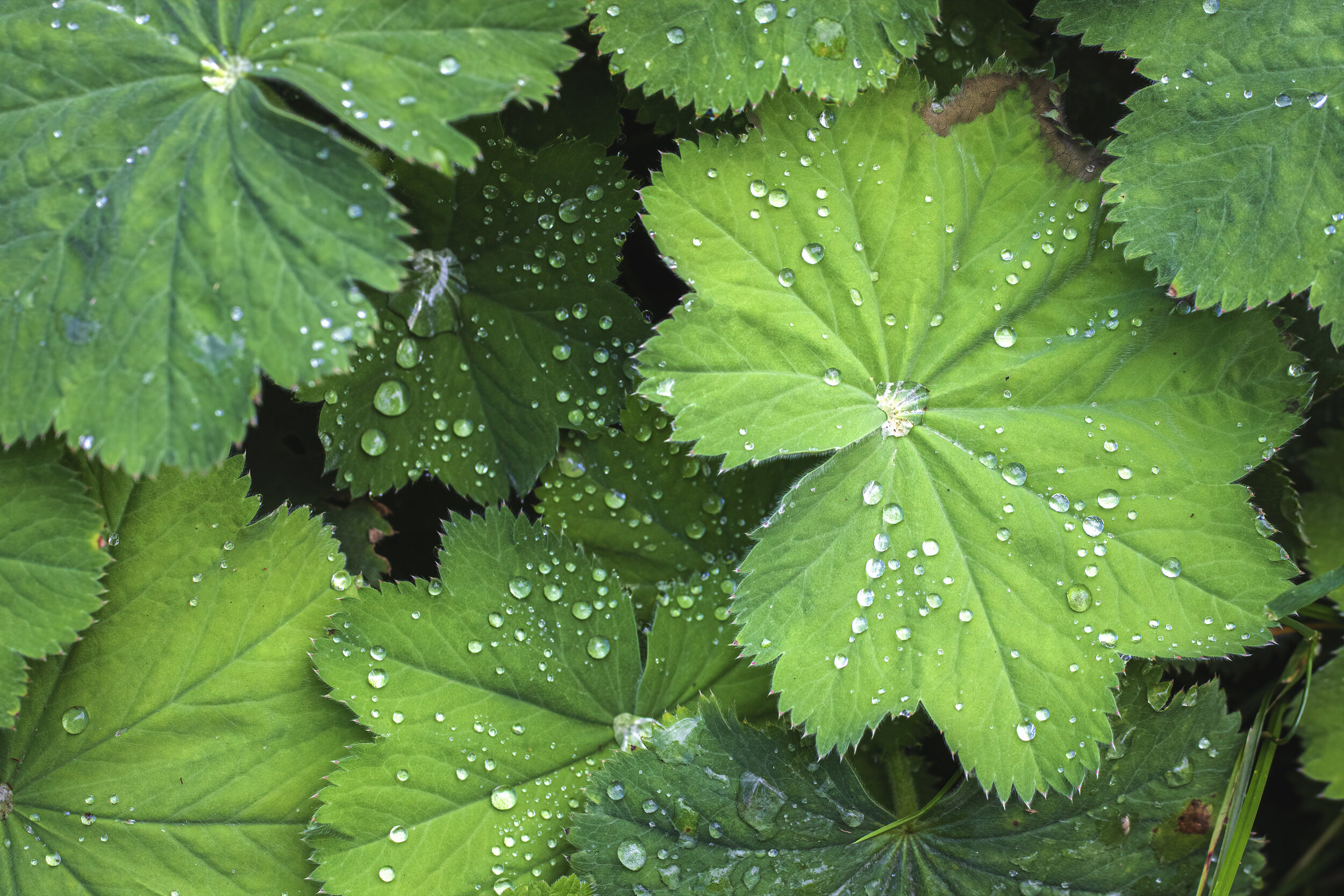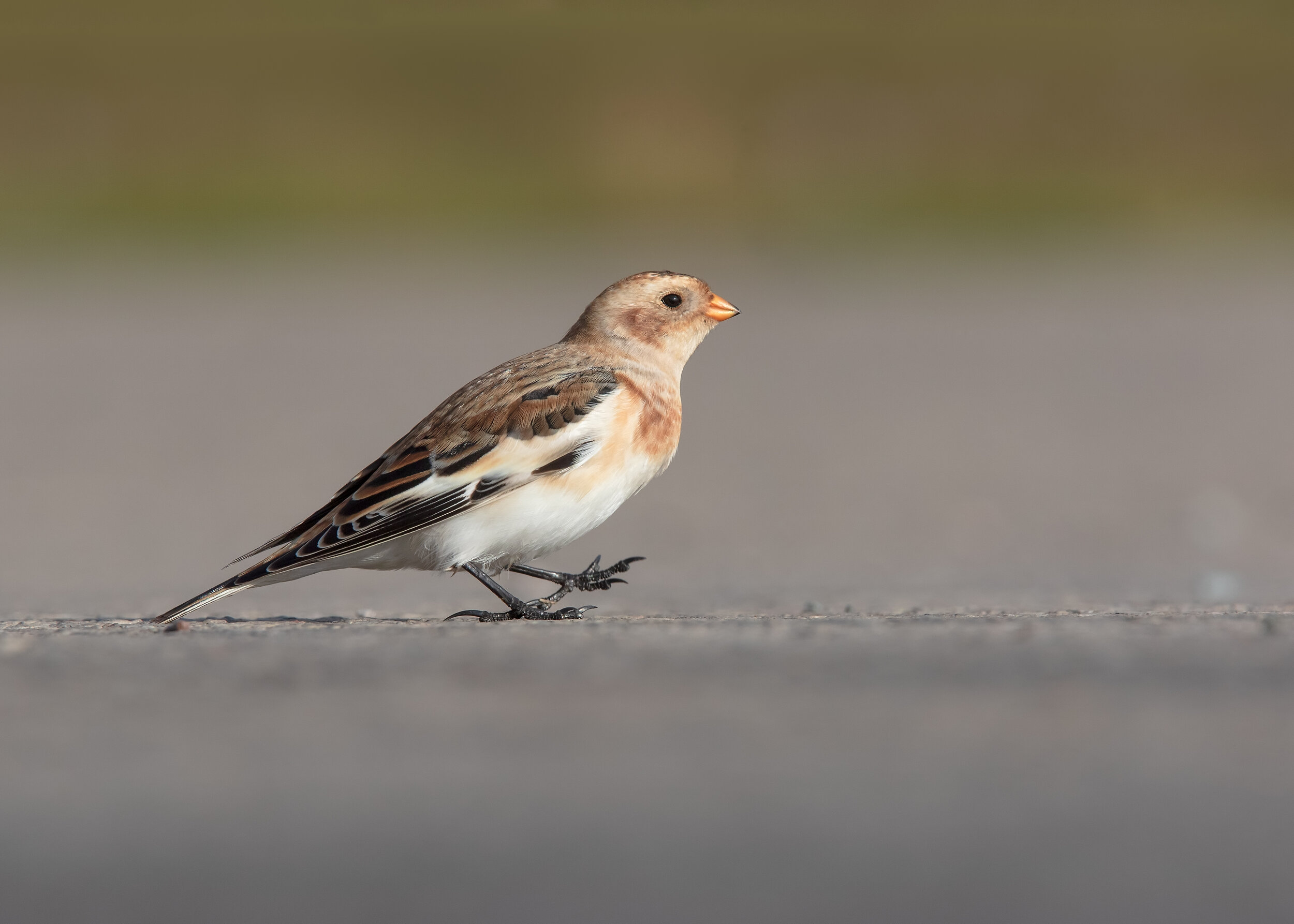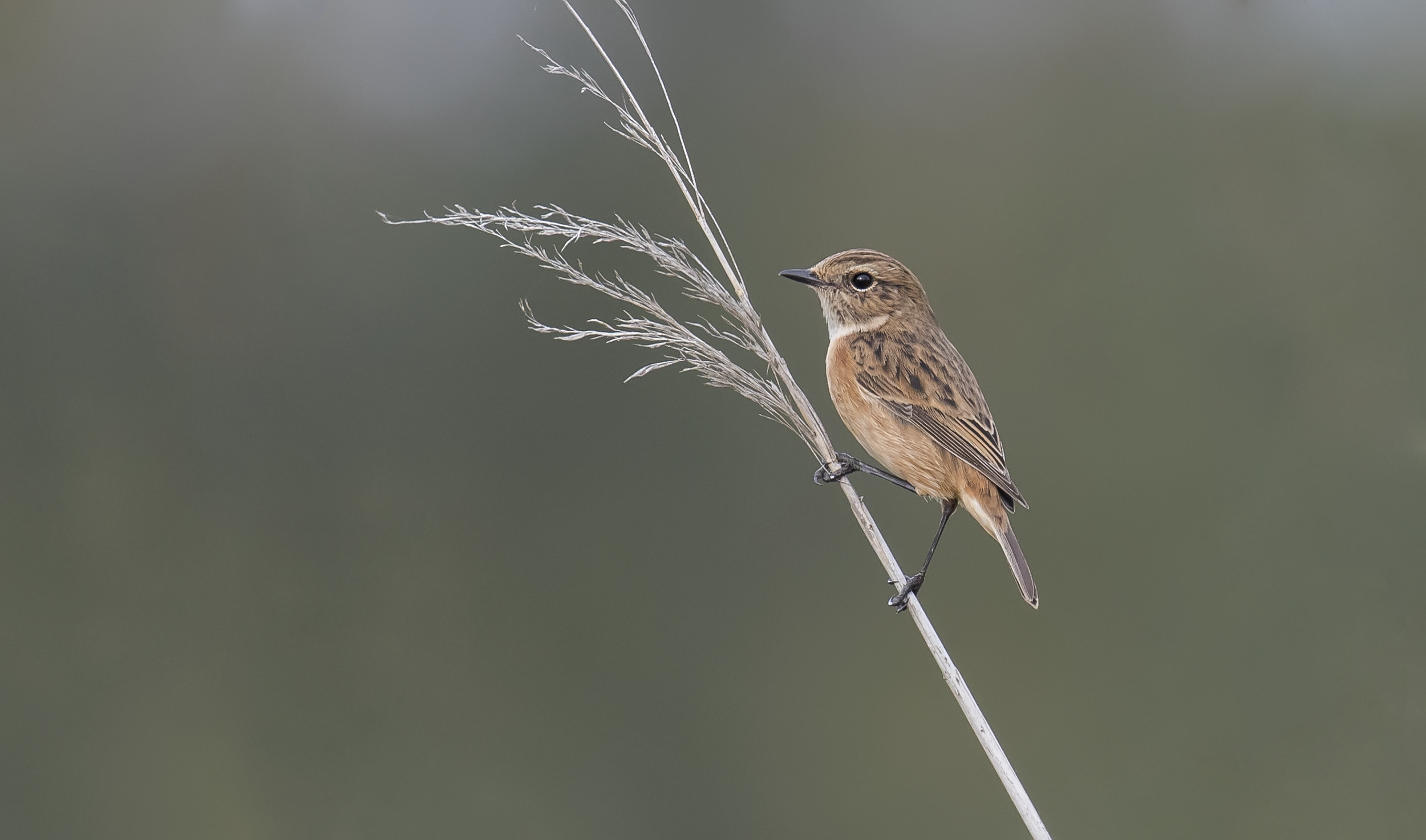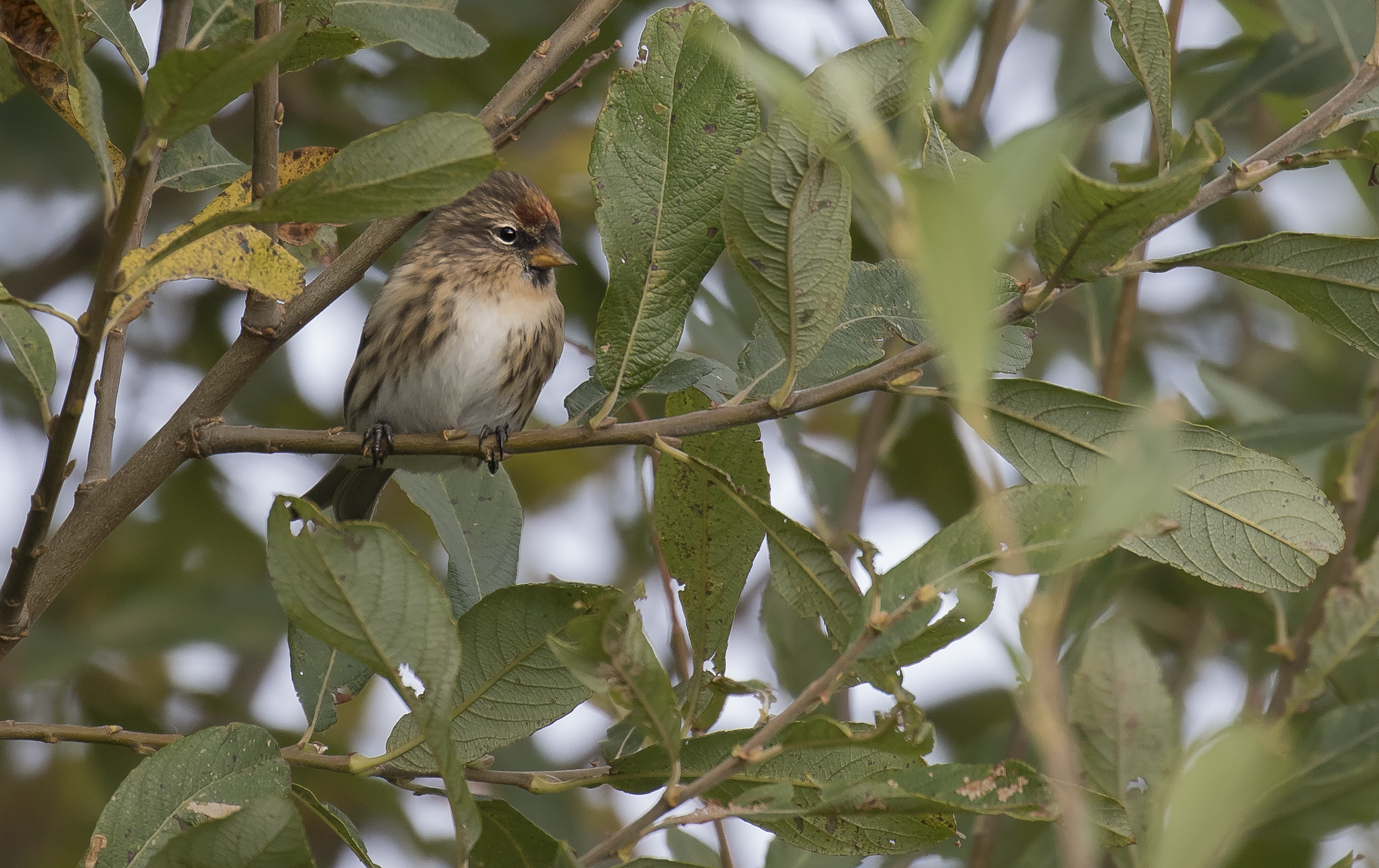I can’t help but feel the tension this time of year, as it’s a race for many bird species, to complete their breeding task and start to make their way south again for the winter. Some of my Nightjar are either during their second clutch, or are thinking about starting one, but they really want to get a move on, otherwise they risk the unpredictable weather of autumn. Pair number 1 are still roosting with their first clutch of chicks, but pair number 2 have finally kicked out the kids and look to be getting cosy again. I know this because she (Pebbles) is starting to roost with Rocky again at his favourite roost site, which I predict is where she is going to lay her second clutch. As a result he’s started to sing a little more, which has spurred on more territorial behaviour from neighbouring Male Midnight, who wasn’t on his usual log today. I suspect he’s on the edge of his territory, to make sure that Rocky doesn’t get any bright ideas and move in on his girl (which does happen quite often with Nightjar).
Their movements, roost site choices and behaviour all makes sense, the more you get to know these birds. Whilst it might appear random to us at first, there’s always a reason for their choice of roost and the more I’ve learned, the more I realise that their requirements are particular, but quite simple. So simple in-fact that there are things we can do, to ensure their breeding habitat stays in suitable condition, for as long as possible. It’s something I intend on discussing with NRW, Woodland Trust and any other land owners that happen to have breeding Nightjar, as their success rate is pretty low, at just 20%, but we can increase their chances that with some careful land management plans.
Nocmig
Finally, Autumn migration is picking up, and I’ve started to get more waders on my Nocmig recordings. I share this experience with close friend Craig Constance, who is also recording at his home, and despite living just a town away from each-other, we are both getting very different results so far. Just this week Craig has managed to get a Quail!, Green Sandpiper and a steady movement of Tree Pipit. Being on the canal, I seem to be getting quite a number of Common Sandpiper so far, but even with the canal, anything could happen, no matter where you live. Always expect the unexpected!
We’ve both been keeping our ears open for key species, Quail was one of the species that we hoped to pick up, so for Craig to get one already, was quite exciting! Wood Sandpiper was also on our list of species to look out for, and before peak has even arrived, there it was! My first Wood Sandpiper, and the classic call too, so no mistaking this for anything else. Who would have thought, over Sebastopol we’d be getting such a variety of species, some of which are quite the rarity. We usually get one or two on the coast, especially picked up at Goldcliff, and now I’ve heard one from my Garden, i’m eager to go and see one on the flesh, so I’m hoping we do find one soon. We do seem to be getting good numbers in the Uk this autumn so it’s just a matter of time.
There isn’t much left singing now, so I was particularly happy to hear two Male Greenfinch in full song on the Gwent Levels this week. Most certainly not a common sound anymore due to declining numbers. Such a pretty song too, which has been on my wish-list to record for quite some time.
The only birds that are still singing, are birds that are second (or third) clutching. You’ll probably notice that Wood Pigeons are quite vocal again too, and I’ve even seen some carrying twigs to build a second nest, or repair the first one.
The only other singers on the levels right now are random Wren’s, Cetti’s, Linnet and Goldfinch, but as you can hear below, the Linnets aren’t giving it their full effort anymore.
The Dawn chorus has been pretty poor the last couple of weeks and I’m not sure if it’s just the winter Robin song creeping in as autumn approaches, or whether it’s birds going for a second clutch, but either way, it’s nice to hear some birds singing in the morning again.
I’ll leave you with a few more photos, firstly of Midnight who’s still roosting on his favourite log. He’s the only Male that has stayed with the female throughout the entire incubation period, which I think is a reaction to the fact that they failed their first clutch due to predation. He’s keeping a close eye on her, and in doing so, gives her an early warning system should another predator come lurking. Two sets of eyes are better than one after-all.


















